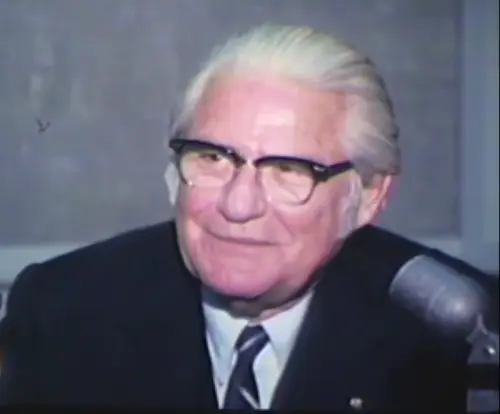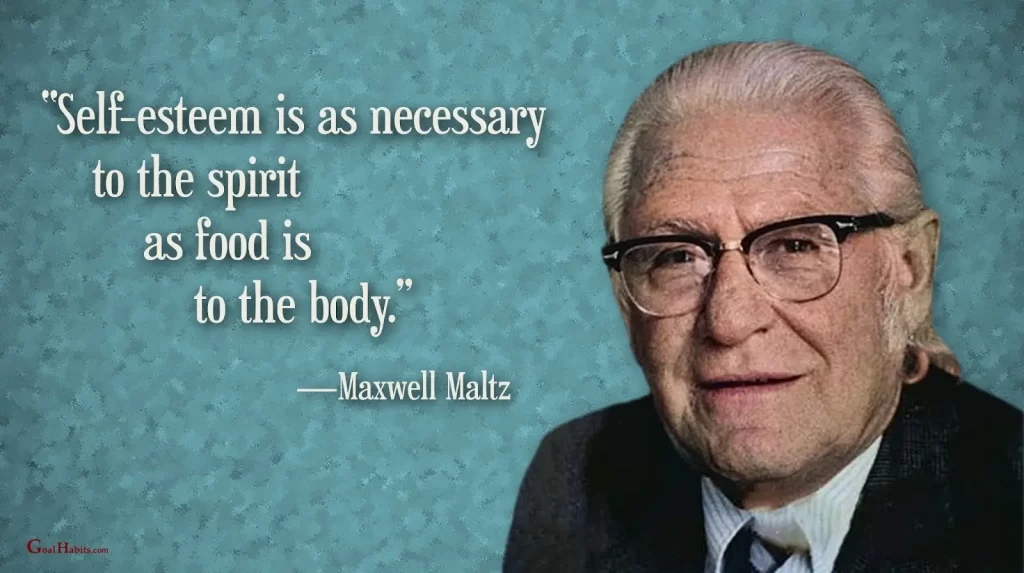Introduction
Public speaking is a transformative skill with immense value in both personal and professional growth. With the increasing reliance on effective communication in the digital era, the demand for articulate and confident speakers is higher than ever. If you are an aspiring entrepreneur, establishing a profitable public speaking academy presents a lucrative opportunity. This guide will walk you through the key steps to launching and growing a successful public speaking academy.
Step 1: Identify Your Target Audience

Understanding your audience is fundamental to designing effective training programs. Your academy can cater to:
- Corporate professionals looking to refine their presentation skills.
- Entrepreneurs seeking to pitch their ideas persuasively.
- Students preparing for debates, interviews, or leadership roles.
- Individuals who want to overcome stage fright and build confidence.
Step 2: Design a Comprehensive Curriculum

A well-structured curriculum is essential for student success. Your courses should cover:
- The fundamentals of public speaking (tone, clarity, confidence).
- Effective storytelling and speech structuring.
- Body language and non-verbal communication.
- Overcoming stage fright and managing nerves.
- Handling Q&A sessions and impromptu speaking.
- Leveraging digital platforms for virtual presentations.
- Offering beginner, intermediate, and advanced levels to accommodate various learning needs.
Step 3: Choose a Business Model
Your academy can operate in multiple formats, depending on your resources and audience needs:
- In-person workshops: Live training in coworking spaces, corporate offices, or rented venues.
- Online courses: Digital training via pre-recorded videos or live coaching sessions.
- Hybrid approach: A mix of online and in-person training for flexibility.
- Corporate training: Partnering with businesses to provide specialized training for employees.
Step 4: Establish a Strong Brand and Marketing Strategy
To attract students and build credibility, invest in branding and marketing:
- Build a website: Showcase your courses, testimonials, and success stories.
- Leverage social media: Share tips, student testimonials, and free webinars to engage potential clients.
- Create content: Start a blog or YouTube channel with valuable public speaking insights.
- Network with professionals: Attend events and collaborate with influencers in the communication training field.
- Offer free workshops: Provide a sample of your training to entice potential students.
Step 5: Set Competitive Pricing

Pricing your services appropriately ensures profitability. Consider:
- Conducting market research to determine competitive pricing.
- Offering bundled packages or subscription-based learning.
- Providing premium one-on-one coaching options.
- Introducing early bird discounts or referral incentives.
Step 6: Scale Your Academy
Once your academy gains traction, explore growth opportunities:
- Expanding into corporate partnerships and leadership training.
- Developing a certification program to add credibility.
- Licensing your training materials to other educators.
- Franchising your brand to reach new markets.
How Public Speaking Enhances Leadership & Career Growth

The Importance of Public Speaking in Career Development
In today’s evolving professional environment, effective communication stands out as a crucial skill for career success. Public speaking goes beyond basic interaction; it shapes how individuals present themselves and their ideas to the world. This skill empowers individuals to advocate for themselves, influence decisions, and contribute positively to their communities.
For students entering competitive job markets and professionals seeking leadership roles, strong public speaking skills can:
- Boost Visibility: Engaging in regular public speaking events makes you more noticeable to peers, leaders, and potential employers, leading to more career opportunities.
- Enhance Persuasiveness: Clear articulation and persuasive delivery set you apart, whether you are pitching ideas, leading teams, or negotiating business deals.
- Improve Networking Skills: Confident speakers attract connections and establish professional relationships that open doors to career growth.
- Facilitate Professional Development: Public speaking fosters quick thinking, adaptability, and strategic communication—essential for career advancement.
- Build Confidence: Speaking regularly in public enhances self-assurance, which translates into better job performance and leadership potential.
1. Boosts Confidence and Presence
Public speaking pushes you out of your comfort zone, helping you develop confidence in articulating ideas. The ability to speak clearly and persuasively enhances your executive presence, making you a more influential leader.
2. Improves Persuasion and Influence
Leaders must inspire and convince others. Strong public speaking skills enable you to communicate ideas effectively, influence decision-making, and rally teams around a vision, which is essential for leadership and career advancement.
3. Enhances Emotional Intelligence
Effective public speaking requires understanding your audience’s emotions and responding appropriately. This practice sharpens your emotional intelligence, a crucial leadership trait that helps in building strong professional relationships.
4. Strengthens Personal Branding
Your ability to articulate thoughts publicly positions you as an expert in your field. Whether in meetings, conferences, or networking events, confident speaking builds credibility and boosts your professional brand, opening doors to career opportunities.
5. Develops Critical Thinking and Problem-Solving Skills
Structuring a speech or presentation hones your ability to analyze complex ideas and communicate them effectively. These skills translate into strategic thinking and problem-solving, essential for leadership roles.
6. Enhances Networking and Professional Opportunities
Strong public speaking skills help you connect with professionals, potential mentors, and industry leaders. Engaging presentations and meaningful conversations at events can lead to new career opportunities and business collaborations.
7. Prepares You for High-Stakes Communication
Leaders often face high-pressure situations requiring clear and composed communication. Whether addressing stakeholders, handling crises, or leading change initiatives, public speaking skills prepare you to manage such challenges with poise and clarity.
Take the Next Step with MicFront Academy
If you’re looking to refine your public speaking skills and take your leadership abilities to the next level, MicFront Academy offers expert-led courses designed to help you gain confidence, clarity, and influence.
Whether you’re a student, professional, or aspiring leader, their tailored training programs will equip you with the skills to excel. Enroll today and start your journey towards mastering public speaking!























